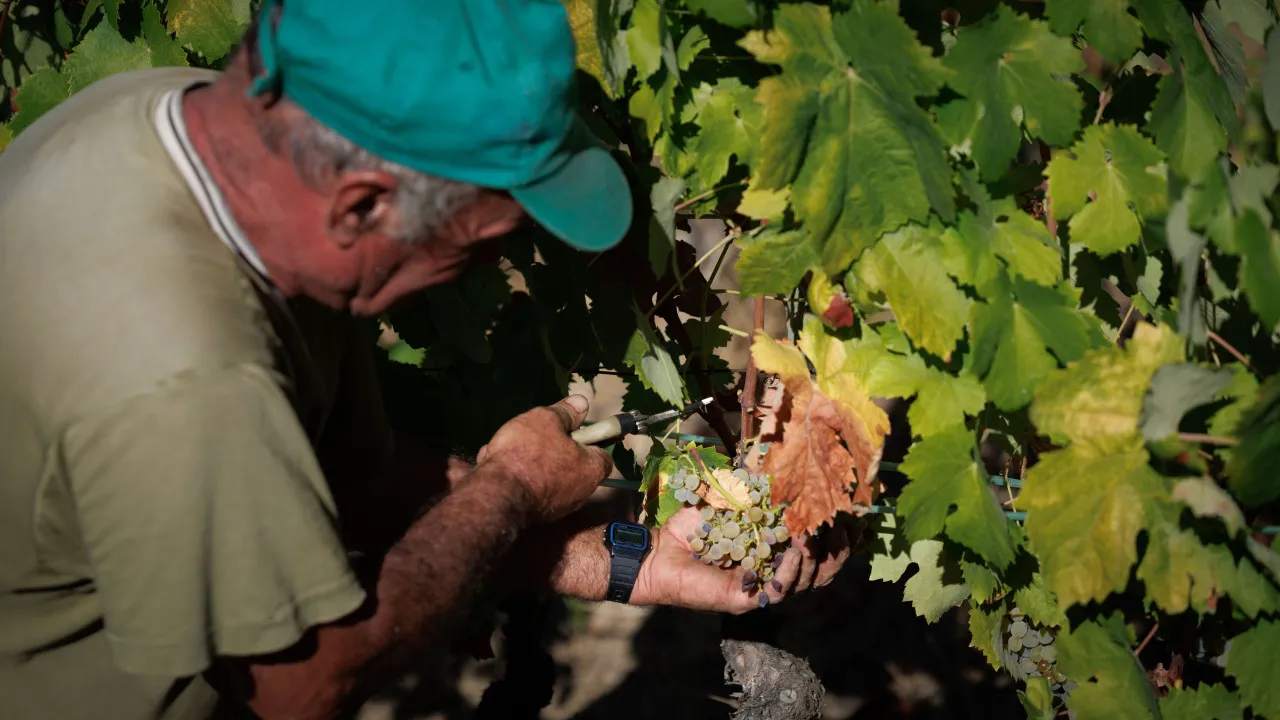
The Douro Demarcated Region’s 2025 harvest production forecast was shared by the Association for the Development of Douro Viticulture (ADVID), based in Vila Real.
ADVID’s Director-General, Luís Marcos, noted an atypical year marked by unusual weather patterns and vine growth cycles.
Despite a good flowering period, vineyards faced challenges from diseases like mildew and sunburn (in June), leading to a predicted 20% decrease in production, approximately 220,000 barrels. Last year’s declared production was 274,000 barrels (550 liters each).
Sunburn occurs in vines when grapes endure high temperatures and low humidity.
ADVID’s forecasts rely on pollen collected during vine flowering across the Douro sub-regions – Baixo Corgo, Cima Corgo, and Douro Superior – without considering post-floral factors such as mildew and sunburn, which can affect yield potential.
This year’s production potential is estimated between 237,000 and 267,000 barrels. However, Marcos warns production might fall below the minimum forecast, around 20% less compared to 2024, approximately 220,000 barrels.
“Generally, fewer grape clusters per vine characterize the region this year. Cluster sizes are not significantly larger than last year’s, tending towards average or slightly smaller in some areas,” Marcos noted.
Marcos explained a dry and warm winter delayed the vine vegetative cycle, with above-normal rainfall in March and April partially compensating for this delay.
Flowering was delayed, with a “significant incidence of mildew” observed pre and during flowering, affecting production potential. Ideal conditions facilitated the disease establishment, impacting forecasts.
The disease incidence varies regionally, significantly affecting Baixo Corgo and higher-altitude areas like Alijó, Sabrosa, and Vila Real.
The grape harvest is expected to commence late August. Upcoming weather until harvest may affect production, necessitating constant vineyard monitoring.
Harvest forecasts help the Douro and Port Wine Institute’s interprofessional council set benefits, determining the quantity of must that producers can convert into Port wine.
The interprofessional council is expected to set the benefit by Friday. Last year, the benefit was 90,000 barrels.




